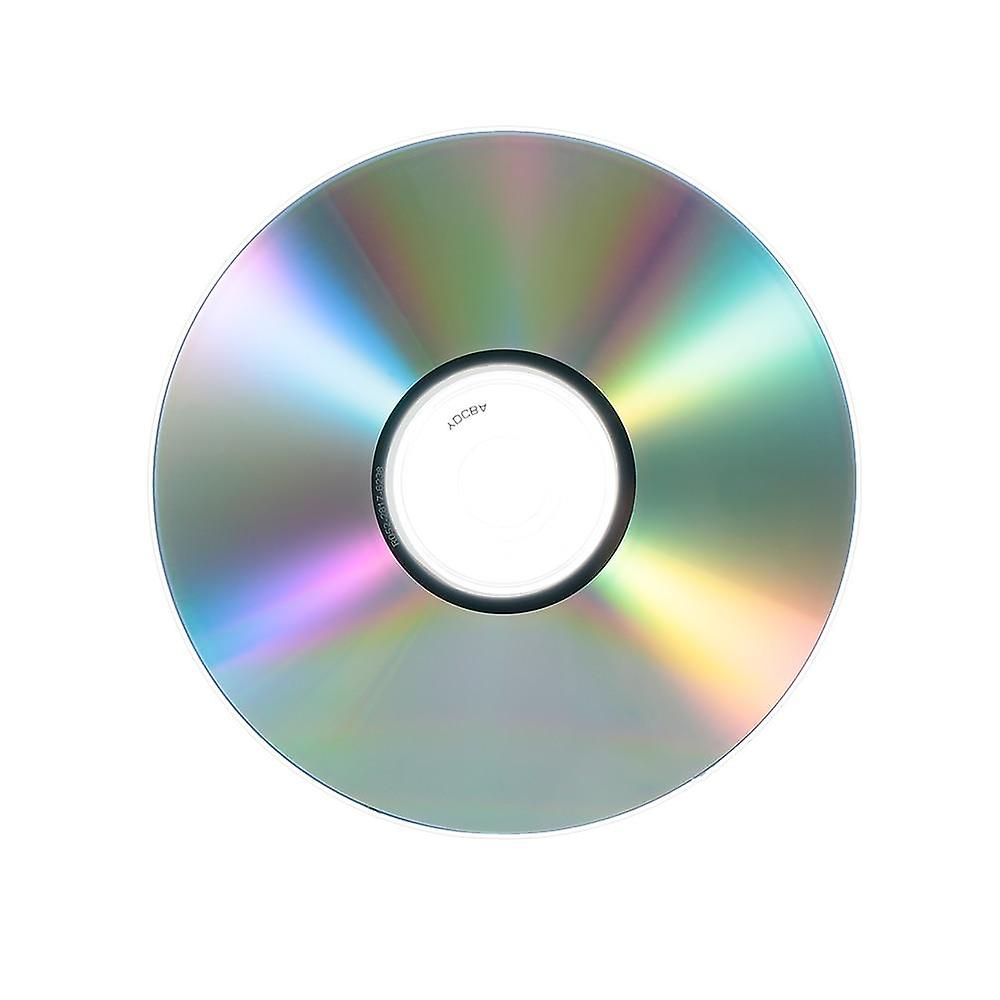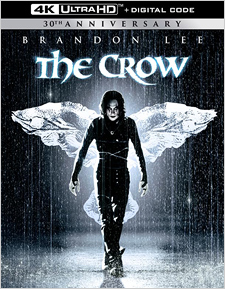Cinematographer Dariusz Wolski shot The Crow on 35mm film using Arriflex 35 BL4 cameras with spherical lenses, framed at 1.85:1 for its theatrical release. Proyas and Wolski would have preferred to shoot the main sequences in black-and-white with only the flashbacks in full color, but that option was never even on the table with the studio, so they opted to desaturate the image instead. The low budget for the film precluded the use of anything like the ENR bleach bypass process, so Wolski devised a bargain basement alternative by shooting the main sequences with a sepia filter on the camera, and then timing out the browns during the printing stages. That ended up desaturating the image and strengthening the contrast, although since blues would have been exaggerated at the same time, they had to be careful to avoid the color in any of the art direction and costume design. To achieve the reverse effect for the flashbacks, Wolski shot them on slow stock and then pushed the exposure two steps in order to increase the saturation. The look of The Crow has been much imitated but rarely equaled, and part of that comes down to the unique way that Proyas and Wolski created it.
All of that makes it a challenging film to reproduce accurately on home video, and while the original 2011 Blu-ray release from Lionsgate was fine, it still offered plenty of room for improvement. Paramount hasn’t provided any information about the work that was done to create this 4K master, describing it simply as a “New 4K restoration of the film,” one that’s been graded in High Dynamic Range for both Dolby Vision and HDR10. That leaves plenty of room for speculation, and we’ll get to that in a moment. In any event, it does seem to have been based on a 4K scan of the original camera negative, carefully color corrected to replicate Proyas and Wolski’s intended look. The contrast range has been enhanced, both in terms of the colors and the brightness. The bright reds and oranges of the explosions now really stand out against the black backgrounds, the reds and golden hues of the flashbacks are more vivid, and the strobe effects like the one during the shootout in Top Dollar’s conference room have been pushed so far that Brandon Lee’s face tends to blow out during the brightest moments—but that effect seems entirely appropriate in this instance. The blacks do tend to look a little flat during some of the darkest sequences where there was little inherent contrast in the first place, but that’s likely unavoidable due to the way that they were shot.
In terms of fine detail, the dupe footage for the optical and digital composite work throughout The Crow still looks as rough as it always has, and all the grain and grit from the original camera negative has been preserved. Or has it? Aye, there’s the rub. The textures are sometimes astonishingly sharp in this new version—Jon Polito’s ribbed sweater, Ernie Hudson’s white T-shirt, Tony Todd and Marco Rodríguez’s craggy skin, etc.—almost impossibly sharp at times. That means it’s possible that some AI sharpening has been applied here, and if so, it was done with a great deal of skill. The image would have likely been degrained first, sharpened, and then a had layer of artificial grain re-applied at the end. The clarity of the facial textures in particular is somewhat reminiscent of how they look on Paramount’s 4K release of Titanic, but it’s much improved in this case. If AI sharpening was used, it was only where the image stood to benefit the most. The rough-looking composite footage was left untouched, as were most of the medium or long shots. It’s just the closeups that might have been processed that way, and the results integrate with the surrounding footage just as well as they always have.
…
Primary audio is offered in English 5.1 DTS-HD Master Audio. As an early digital 5.1 production, The Crow was originally released in both DTS and optical Dolby Stereo, but the latter hasn’t been included on any home video versions outside of the original VHS and LaserDisc releases, and it’s safe to consider 5.1 as the intended format for the film. Early DTS mixes tended to fall into two broad categories: either extremely aggressive ones like Jurassic Park or Hard Target, or else mild updates of the 4-channel Dolby Stereo matrix, and The Crow falls into the latter category. It’s still immersive, but the immersion is more in the form of general ambience than it is in terms of directionality. Environmental sounds like the constant rain, thunder, and dripping water form the bulk of the surround activity, with action sounds like the gunfire remaining anchored to the front of the soundstage. The ADR varies in quality, so the dialogue sometimes sounds inconsistent, but it’s still clear enough to be understood. Of course, it’s the music that matters the most in creating the world of The Crow, and both the score and the songs are well-supported in the mix. It’s the music that really rains all the time in The Crow.
…
Paramount’s 30th Anniversary Edition 4K Ultra HD release of The Crow is UHD only, with no Blu-ray copy included, although there is a Digital code on a paper insert tucked inside the case, as well as a slipcover. There are also multiple Limited Edition Steelbook versions available, including one from Amazon and a different exclusive version from Walmart, although the disc-based content is identical.


